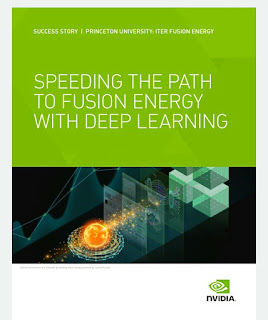
To solve the problem of QM simulation time and cost, Justin S. Smith,
a chemistry graduate student at UF working under the supervision of
Dr. Adrian Roitberg, UF Department of Chemistry, and Dr. Olexandr
Isayev, UNC Eshelman School of Pharmacy, developed a new simulation
procedure and method called ANAKIN-ME (Accurate NeurAI network
engINe for Molecular Energies) or ANI for short. ANI is a deep neural
network that learns QM energy function to produce computationally fast
and very accurate molecular energy surfaces, geometries, and forces.
Today the total number of calculated molecular structures is over 20
million. ANI uses deep learning with NVIDIA GPUs to predict molecular
energy surfaces for molecules as accurate as methods that are six orders
of magnitude more computationally expensive. ANI is also transferable
to any organic molecule with C, H, N, O, S, F atoms, which covers a good
portion of the chemistry/medicinal, chemistry/drug discovery space, and
more elements are on the way. Also, ANI can break bonds and describe
chemical reactions, overcoming one of the biggest limitation of modern
force fields.
Essentially, ANI is trained to learn Hamiltonian of the Schrodinger
equation, and the results are almost instantaneous. ANI’s accuracy is
approximately ~1 kcal/mole from reference DFT data which is within
chemical accuracy. ANI can also reproduce the first-principles model for
QC simulations, delivering equivalent chemical accuracy at 1,000,000x
the speed. Finally, ANI can screen 10 million drug candidates in just 8
minutes with NVIDIA GPUs, versus 240 days on CPU.


Tidak ada komentar:
Posting Komentar